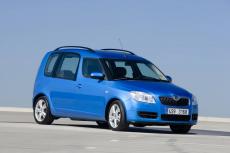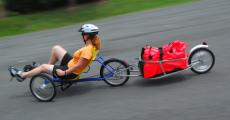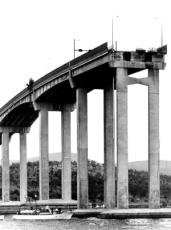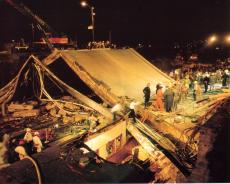While car modifiers talk endlessly about exhaust systems, there is surprisingly little hard information about the design of exhausts, especially mufflers.
That’s why I was particularly interested to come across the text that follows, contained in – of all things – a book on corrosion of cars, published exactly 50 years ago. The chapter, by H. Silman of Electro-Chemical Engineering, is a great summary of exhaust muffler design.
The automobile exhaust system consists essentially of three parts:
(1) the exhaust manifold, which collects the discharged gases from the exhaust ports and conveys them by means of a pipe at least one-quarter of the diameter of the cylinder to the silencer,
(2) the silencer, and
(3) the tail pipe, which leads the gases to the rear, the side, or more rarely to the top of the vehicle.
Sometimes twin parallel exhaust systems are used, especially with multi-cylinder engines, whilst it is also becoming increasingly common for two silencers in series to be fitted, the second and shorter unit being located immediately before the final outlet.
The exhaust gases leave the cylinders of an automobile engine at a pressure of around 60-80 lb. per sq. in. and with a velocity of up to 150 ft. per sec. This results in a considerable volume of noise, which must be reduced sufficiently to make the vehicle inoffensive to the driver and passengers, and to the public at large. This legal requirement is achieved by allowing the gases to expand into a silencer chamber, where the intermittent and violent discharges of gas are broken up and emerge from the tail pipe as a continuous and relatively uninterrupted stream.
There are various designs of silencer, but they usually contain a number of baffles carefully designed to avoid excessive back pressure, which might result in a loss of power and overheating of the engine. There is always some loss of power resulting from the use of a silencer, but this need not exceed about 3% with a well-designed unit.


 Julian Edgar, 50, has been writing about car modification and automotive technology for nearly 25 years. He has owned cars with two, three, four, five, six and eight cylinders; single turbo, twin turbo, supercharged, diesel and hybrid electric drivelines. He lists his transport interests as turbocharging, aerodynamics, suspension design and human-powered vehicles.
Julian Edgar, 50, has been writing about car modification and automotive technology for nearly 25 years. He has owned cars with two, three, four, five, six and eight cylinders; single turbo, twin turbo, supercharged, diesel and hybrid electric drivelines. He lists his transport interests as turbocharging, aerodynamics, suspension design and human-powered vehicles.



